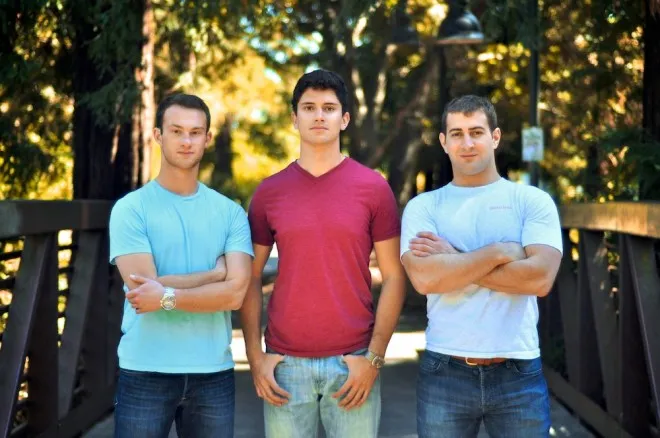Table of Contents
In a 2013 speech to high school students in Syracuse, New York, President Obama described how “a higher education is the single best investment you can make in your future.” Millions of Americans have made this investment in the last 75 years and the number of high school graduates enrolled in college jumped from 5% in 1947 to 65% today. Colleges serve as a concentration of talent, giving students opportunities to network with students and faculty that can boost their careers. This is one reason that the unemployment rate for those with just a Bachelor’s Degree is 4% compared to 7.5% for those with only a high school diploma.
However, college is becoming less feasible for many families — college tuition price indices have increased nearly 80% since 2003. There are about 34 million Americans over age 25 with some college credits but no diploma, and they earn 32% less on average than their peers that finish college.
While college dropouts nationally are at a large disadvantage, many Stanford students drop out for different reasons. It is rare for Stanford students to drop out due to financial worries, because the University has a well-resourced Financial Aid Office that offers additional assistance. Instead, Stanford students often drop out to pursue the dream of a successful startup in Silicon Valley.
Ari Dyckovsky and Ryan Atallah, both Stanford students last year, took a leave of absence from the university to pursue their startup Arktos. The company aims to offer data visualization to consumers with no programming background. In an interview with The Stanford Review, Atallah described how he “wants to learn things that Stanford doesn’t provide…the best thing I can do for my education is not go to school.” It may seem strange that Atallah thinks leaving a school like Stanford is the best thing he can do for himself, but his education will be furthered in different ways than at Stanford. “What I’m particularly interested in learning at the present moment are a few things: how to run a business, about computer systems, about the intellectual theory that goes into building complex systems – computer systems, human systems, business systems.”
Atallah’s reason for leaving Stanford is an aberration when compared to national statistics of underachieving college dropouts. However, Stanford students, like those from a few other schools, have a history of dropping out to pursue their own business and technological interests. Founders of Facebook, DropBox, Instagram, Spotify, and WordPress all chose to drop out of college to develop their companies.
Atallah’s decision is less risky when we consider that Stanford allows innovation and fosters the startup culture more than most schools. First, Stanford re-accepts any students that take a leave of absence for a year, and students can apply to extend their leave of absence. Second, Stanford’s faculty frequently mentor students on their startups. Atallah claimed that the Arktos team has talked to a number of faculty and student experts about business and technical aspects of Arktos. Third, organizations such as StartX and BASES provide resources and encouragement to aspiring entrepreneurs that few other schools can match. Atallah described how Stanford and similar schools “already attract” students that are likely to drop out to start businesses. Stanford provides a network for aspiring entrepreneurs to meet each other, which allowed Atallah to meet his cofounder Ari Dyckovsky.
Stanford dropouts make it easy for Stanford students to romanticize the concept of a college dropout. However, it is important to realize that many Stanford dropouts were already likely to succeed even if they did not attend Stanford. Unfortunately, most other students need college to secure a place in the middle class. A Washington Post article on the subject tells one such story:
“Malainie Smith spent a year at a small liberal-arts college in Massachusetts before deciding to go to nursing school. She was halfway through her program at Simmons College in Boston when she took what she thought would be a break of one semester. When she tried to return, she found she could no longer get a loan. Smith said that left her in a Catch-22 situation. She had to quit school but still owed about $100,000 to the Vermont Student Assistance Corp. (VSAC), a public nonprofit student lender. Her monthly payments are about $4001. Three years after she left Simmons, she is now a waitress — a recent promotion from her position as a hostess.”
For every successful dropout that founds a tech startup, there are thousands that are struggling to make ends meet and suffocating under student loan debt without a degree. Atallah believes that public perception will soon change: “When people say I’m a college dropout; that’s going to mean something different in five years than it does today.” Stanford is slowly changing that perception, hiding the fact that college dropouts nationally are still at a severe disadvantage.





